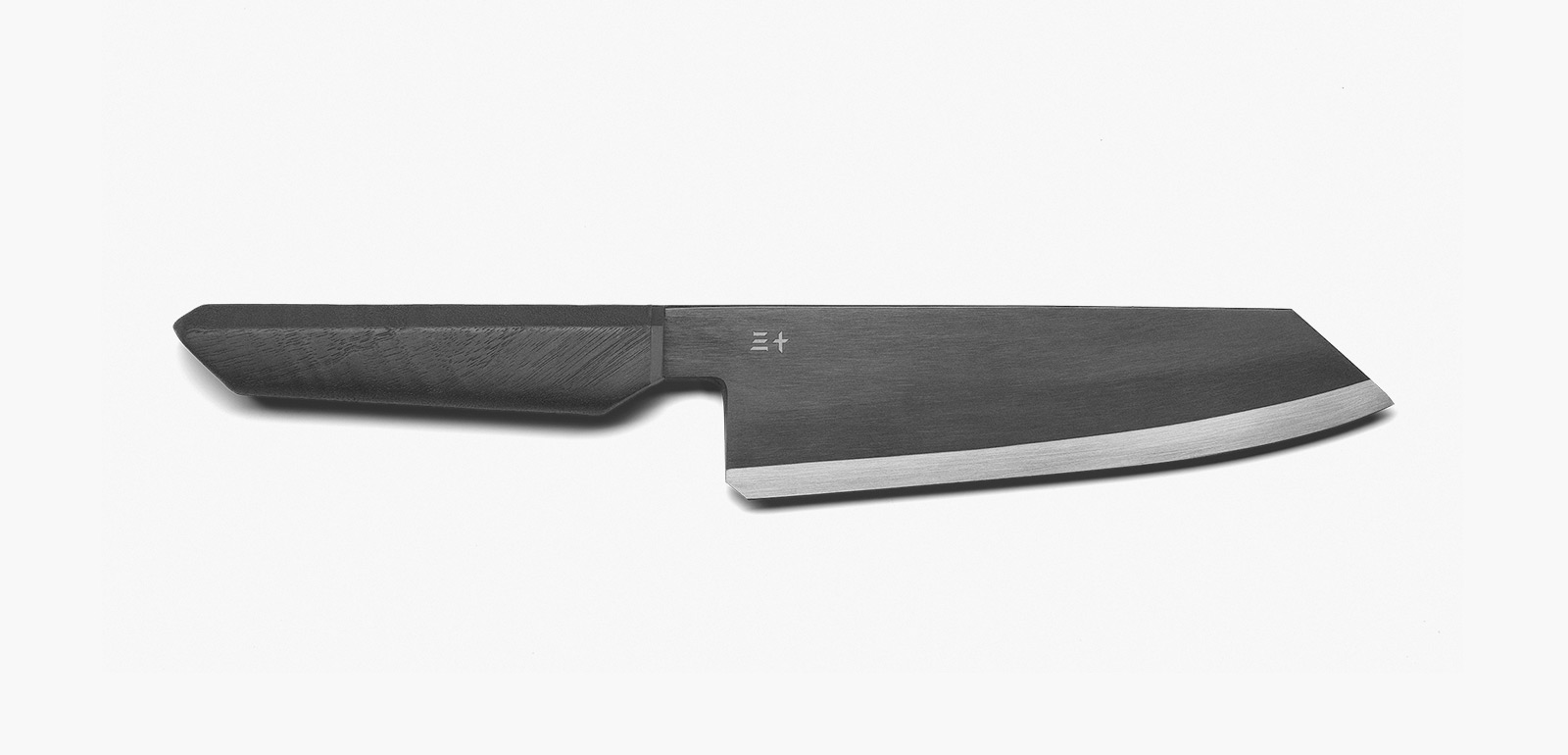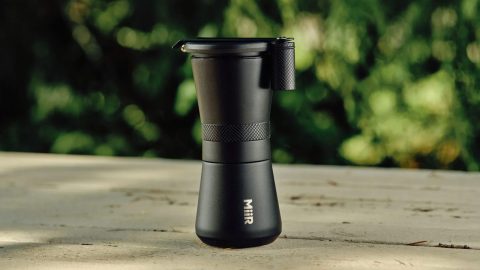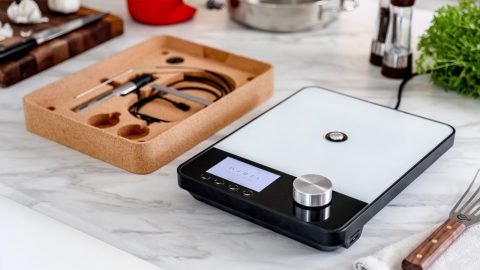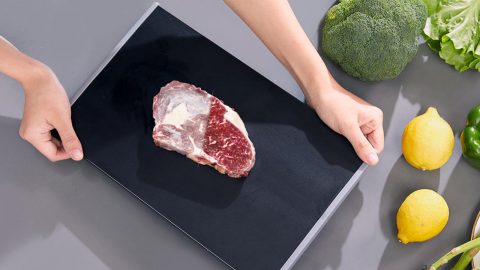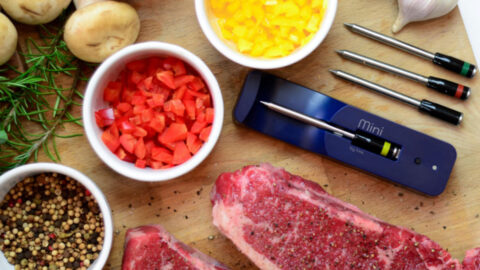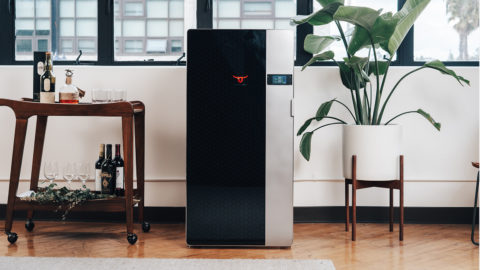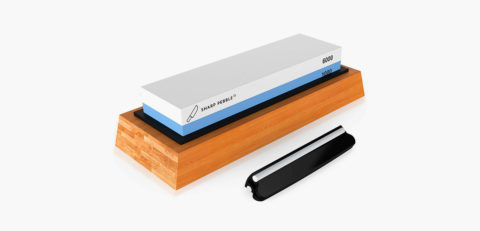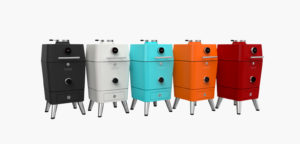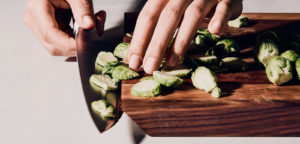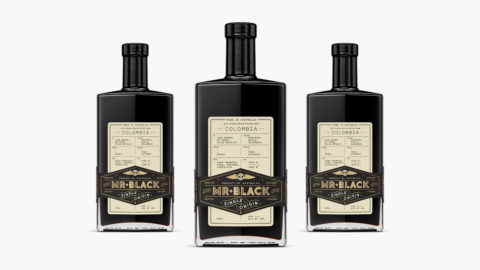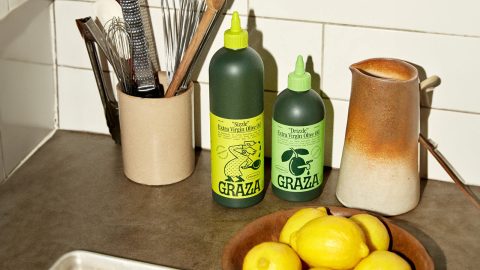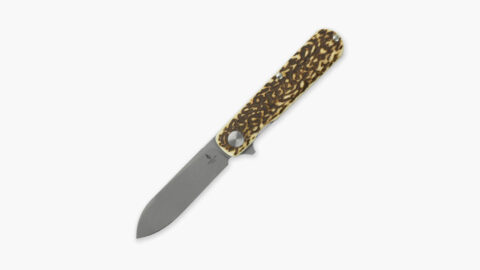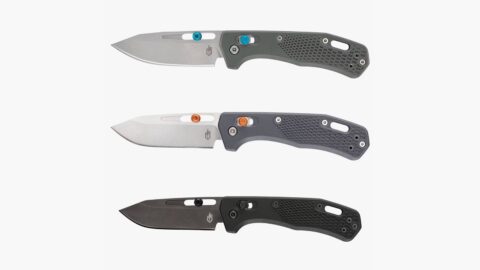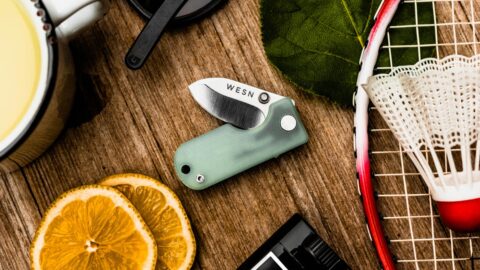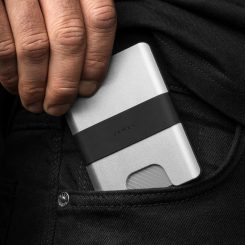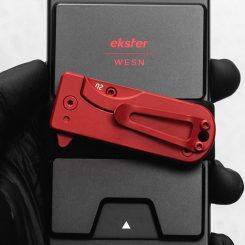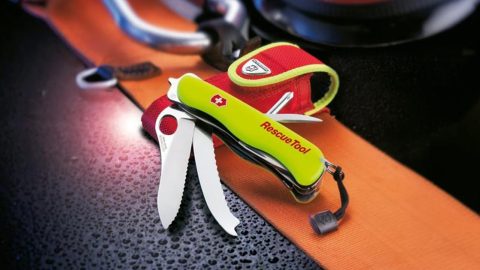A Japanese steel whose quality is legendary, tamahagane was the substance used to craft samurai swords and other traditional weapons. To make its new S1 Gyuto Chef’s Knife, the state-of-the-art cutlery manufacturer Hinoki is using the next best thing.
Hand-forging the S1 Gyuto Chef’s Knife from White Steel #1, Hinoki uses steel with the purest form of carbon on the market today. The company employs third-generation Master Bladesmiths in Sakai, Osaka, the center of Japanese bladesmithing since ancient times. These Master Bladesmiths employ a production process that consists of 131 individual steps, many of which can be personalized to fit the particular needs and tastes of the knife’s future owner. Using a secret technique, Hinoki renders the Gyuto blade extraordinarily sharp with exceptional edge retention.
As beautiful as it is effective, jet-black steel of the Gyuto blade is augmented by a handle carved from solid American Walnut. The black finish on the wood grain is rendered using shou sugi ban – a traditional Japanese treatment that involves charring the wood with flame, cooling it, cleaning it, and then finishing it with a natural oil. In addition to its outstanding aesthetic results, this process helps to preserve the wood and prevent natural decay.

